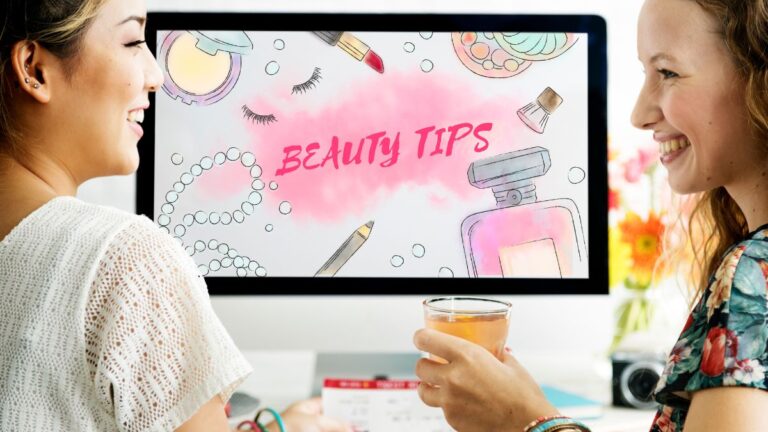The beauty industry once relied on top-down innovation, with brands formulating products based on market trends and internal research. Demand for transparency, safety, and personalized solutions has redefined how products are created and improved. As a result, companies now look to real users for inspiration, validation, and honest reactions—ensuring that product launches reflect the preferences and needs of those who will ultimately purchase them through avenues such as cosmetic product testing. This shift has empowered customers to play a hands-on role in shaping their favorite skincare, haircare, and cosmetic lines. Seeking immediate, diverse responses has not only brought faster product improvement but has also elevated consumers’ voices to the center of brand strategy—a trend that only continues to grow.
Role of Cosmetic Product Testing in the Feedback Loop
Cosmetic product testing is the backbone of any effective feedback-driven process. Brands now involve consumers early—often testing products with panels representing all ages, skin tones, and concerns. This approach provides invaluable real-world insights that complement laboratory data, uncovering how formulations perform in daily routines and under various user conditions. Collecting representative feedback through in-person panels, at-home trials, and digital surveys ensures product safety, efficacy, and user satisfaction before a full-scale release. By integrating consumer testing into development, brands are better positioned to make meaningful improvements, address sensitivities, and ultimately release goods that stand a greater chance of succeeding in the competitive beauty market.
Transparency and Trust through Shared Results
Modern shoppers crave authenticity and openness. Sharing what was discovered—positive and negative—during product testing shows respect for consumer intelligence. According to The New York Times, brands that openly communicate their findings and illustrate how consumer input has guided formulation decisions are more likely to win customer trust. Detailed transparency, including data on sensitivities or improvements made after panel feedback, allows users to make informed buying decisions. This process is now seen as a necessity rather than an optional marketing advantage.
Third-Party Validation and Its Impact
Feedback collected by independent third parties holds a significant influence in the eyes of beauty consumers. External validation ensures that claims are thoroughly vetted, not just internally generated. This layer of trust reassures buyers that products have undergone unbiased scrutiny for safety, effectiveness, and reliability. Certifications, seals of approval, and published results from reputable organizations act as powerful endorsements, helping to differentiate brands in an increasingly crowded market. These independent assessments are especially important for shoppers who may be sensitive to allergens, specific ingredients, or efficacy claims.
Incorporating Feedback for Continuous Improvement
Candid consumer feedback is only valuable if it leads to action. Leading brands are using this input to drive continuous improvement—tweaking scents, packaging, or formulations before the next round of testing begins. As highlighted by Allure, panel insights frequently prompt brands to rework products to be more inclusive, effective, and user-friendly. This iterative approach creates a dynamic, responsive relationship between companies and their communities, where every feedback cycle builds on the last.
Industry Trends Shifting Toward Personalization
As digital technology integrates into product development, consumer feedback fuels a trend toward greater personalization. Online surveys, direct user reviews, and AI-driven recommendation tools are helping brands quickly identify patterns and preferences unique to different demographics and regions. This level of engagement ensures products better fit consumers’ daily lives and accelerates innovation, enabling real-time adjustments based on evolving trends and needs.
The Future of Beauty Product Development
The future of beauty belongs to those willing to listen and adapt. By prioritizing consumer input—from initial concept to post-launch improvements—brands create safer, more efficacious, and more beloved products. Honest reporting, ongoing engagement, and commitment to cosmetic product testing will continue to define industry leaders. Ultimately, the shift to consumer-centered development ensures that beauty products aren’t just marketable—they are meaningful, trusted, and truly made for those who use them.

